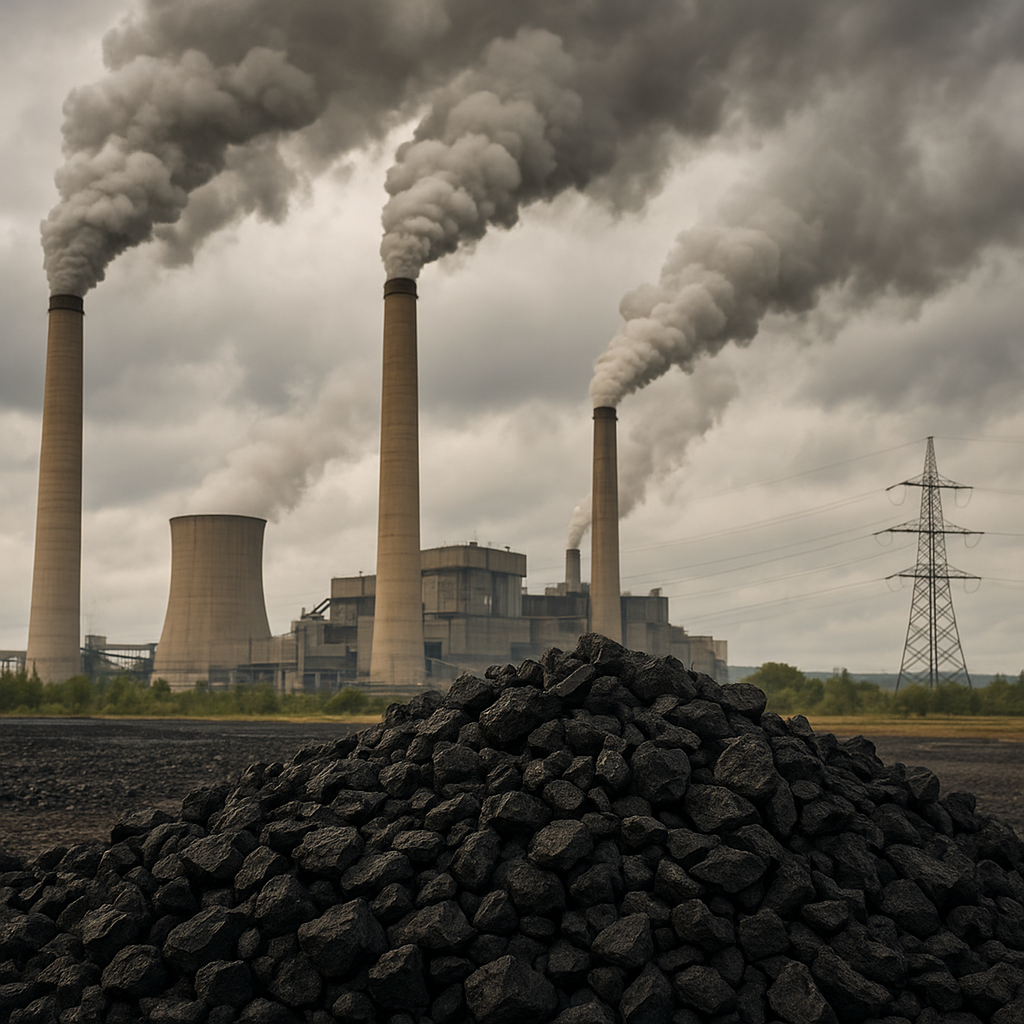
The enduring presence of coal in global energy portfolios faces unprecedented scrutiny from environmental, economic, and technological angles. As nations pledge to decarbonize, the fate of coal reserves becomes entangled with investment appetites and evolving policy landscapes. Yet the concept of carbon capture and storage (CCS) promises a potential renaissance, offering a way to reconcile existing infrastructure with ambitious climate goals. This article delves into key aspects of the modern coal ecosystem: the physical and commercial footprint of coal, the volatile realm of coal stocks, and the promise—and pitfalls—of CCS on the road to cleaner energy.
The Global Coal Landscape
Coal continues to account for a substantial share of primary energy consumption in many parts of the world. Although advanced economies are steadily shifting toward renewables and natural gas, regions with abundant reserves still rely on coal for reliable baseload power generation. Four major factors shape the current coal terrain:
- Production Patterns: China and India dominate output, collectively responsible for more than half of global production. Indonesia, Australia, and Russia follow as key exporters.
- Demand Fluctuations: Rising electricity needs in emerging markets clash with declining consumption in Western Europe and North America.
- Environmental Regulations: Stricter emissions limits on sulfur dioxide, nitrogen oxides, and mercury are driving many plants to retrofit or close.
- Technological Shifts: Advances in solar, wind, and battery storage challenge coal’s power generation monopoly on reliability and cost-effectiveness.
Regional Divergence
In Asia, continued urbanization and industrial growth underpin steady coal demand. Conversely, OECD countries focus on phasing out older plants in favor of greener alternatives. This divergence raises critical questions about global equity, energy security, and the pace of the global energy transition.
Market Analysis and Coal Stock Performance
The financial marketplace is a barometer for the coal industry’s health. Coal companies have experienced dramatic swings in valuation, driven by commodity price volatility and investor sentiment swayed by Environmental, Social, and Governance (ESG) criteria.
Key Drivers of Stock Volatility
- Commodity Prices: Spot and futures prices for thermal coal remain sensitive to demand in China and India, as well as geopolitical supply disruptions.
- Regulatory Pressure: Carbon pricing schemes, emissions trading systems, and potential coal phase-out deadlines can trigger steep sell-offs.
- Investor Activism: Divestment campaigns and shareholder resolutions target companies with heavy coal portfolios.
- Technological Disruption: Rapid cost declines in innovation-driven renewables impact forward-looking valuations.
Despite headwinds, certain coal equities benefit from niche advantages such as low-cost mines, long-term supply contracts, or integration with industrial customers.
Strategies for Navigating Coal Stocks
- Portfolio Diversification: Balancing coal exposures with renewable energy, mining service providers, or carbon capture specialists.
- Options and Futures: Hedging downside risk via derivatives tied to thermal coal benchmarks.
- ESG Screening: Allocating capital to firms demonstrating clear decarbonization roadmaps and investment in sustainability initiatives.
Carbon Capture and Storage: Transforming Coal’s Footprint
CCS technology aims to capture up to 90% of emissions from large point sources, compress CO₂, and transport it for storage in geological formations. This process could enable existing coal-fired power plants to operate with a dramatically reduced carbon footprint.
Technical Components of CCS
- Capture Units: Post-combustion, pre-combustion, and oxy-combustion methods each offer trade-offs in efficiency and cost.
- Transport Infrastructure: Pipelines or shipping networks must safely convey CO₂ over long distances to storage sites.
- Storage Reservoirs: Depleted oil and gas fields, deep saline aquifers, or enhanced oil recovery operations serve as potential sinks.
Economics and Policy Incentives
The upfront capital expenditure for CCS can be prohibitive, often exceeding 1,000 USD per ton of CO₂ avoided. Government incentives, tax credits, and carbon markets are critical to narrow the gap between cost and benefit. Notable policy tools include:
- Tax credits for each metric ton of captured CO₂.
- Subsidies for pilot and demonstration projects.
- Mandatory capture requirements in high-emitting industries.
Major pilot projects in the United States, Europe, and Australia illustrate both the promise and complexity of scaling CCS. For coal power plants, retrofitting existing boilers presents additional engineering challenges but could extend the operational life of facilities.
Challenges and Future Outlook
Deploying CCS at scale alongside coal presents several hurdles. Understanding these challenges is essential for policymakers, investors, and industry stakeholders aiming to chart a viable path forward.
Technical and Operational Barriers
- Energy Penalty: Capturing and compressing CO₂ can reduce net plant efficiency by 20–25%.
- Long-Term Liability: Ensuring secure storage without leakage over decades demands stringent monitoring and regulatory frameworks.
- Integration Complexity: Adapting older plants to accommodate CCS systems requires extensive engineering modifications.
Market and Social Considerations
- Public Acceptance: Communities near storage sites may raise concerns about safety and environmental impacts.
- Competition from Renewables: As solar and wind continue to drop in price, investors may prefer projects with near-zero carbon footprints rather than investing in modified coal facilities.
- Global Coordination: Harmonizing standards for CO₂ accounting, transport, and storage across borders is necessary for an international CCS market to flourish.
Ultimately, the viability of coal coupled with CCS hinges on robust policy frameworks, continuous technological innovation, and sustained capital allocation. While the future energy mix will likely feature cleaner alternatives, CCS could serve as a transitional bridge, harnessing the world’s existing coal fleet while progress toward a fully decarbonized power system accelerates.

